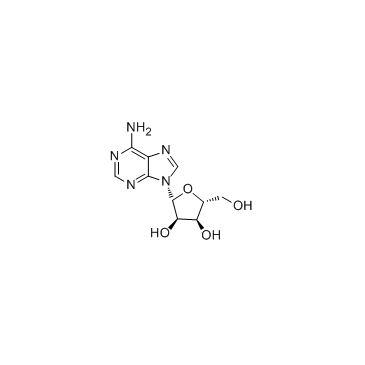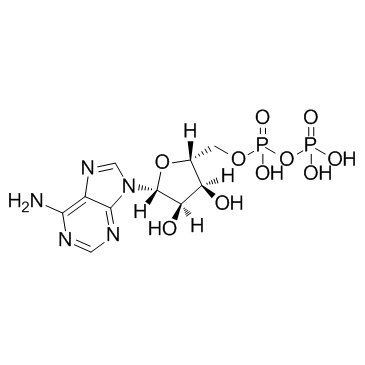| Structure | Name/CAS No. | Articles |
|---|---|---|
 |
β-Nicotinamide mononucleotide
CAS:1094-61-7 |
|
 |
NAD+
CAS:53-84-9 |
|
 |
Adenosine
CAS:58-61-7 |
|
 |
Adenosine diphosphate
CAS:58-64-0 |
|
 |
Hydrogen
CAS:1333-74-0 |
|
 |
3-acetylpyridine adenine dinucleotide
CAS:86-08-8 |